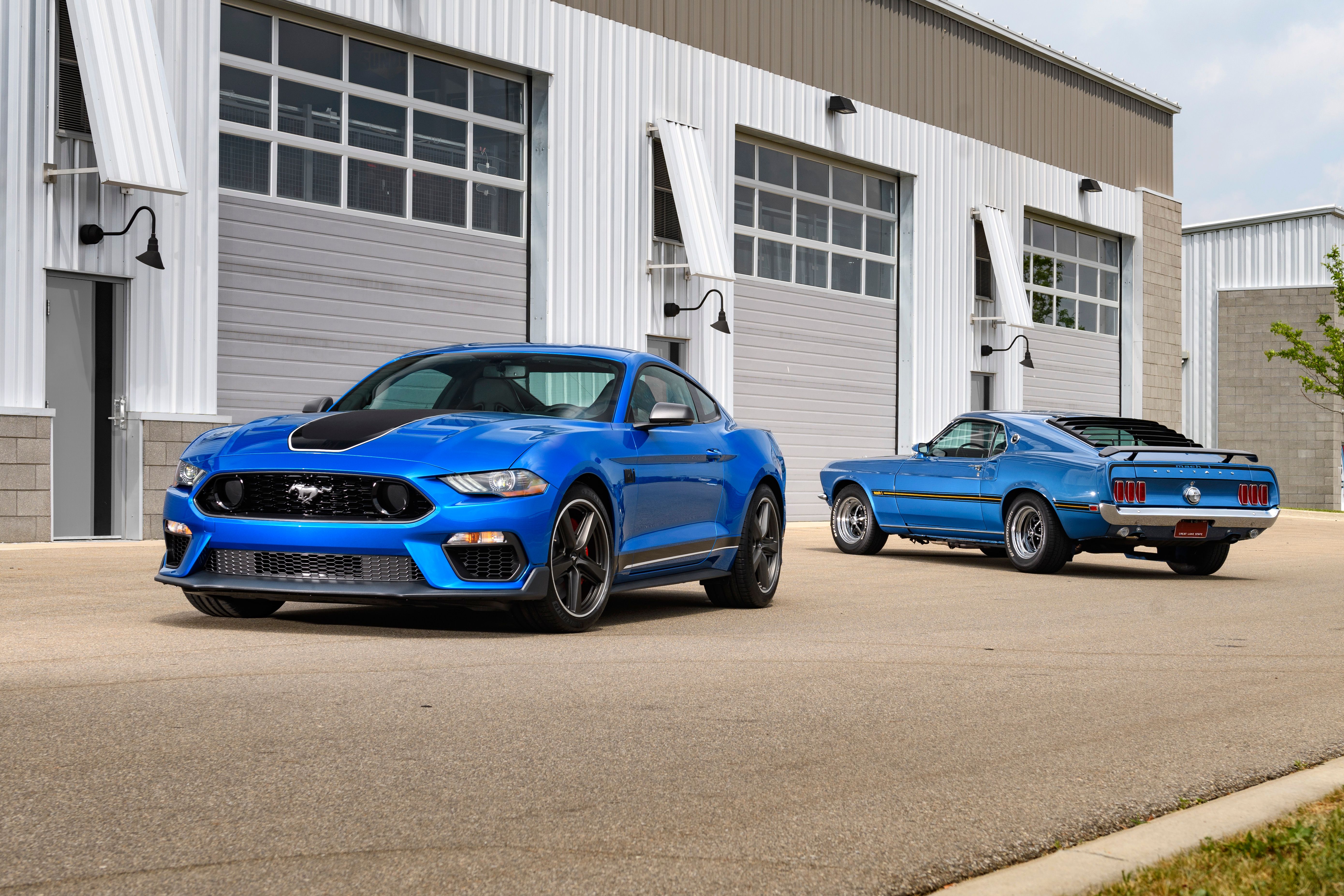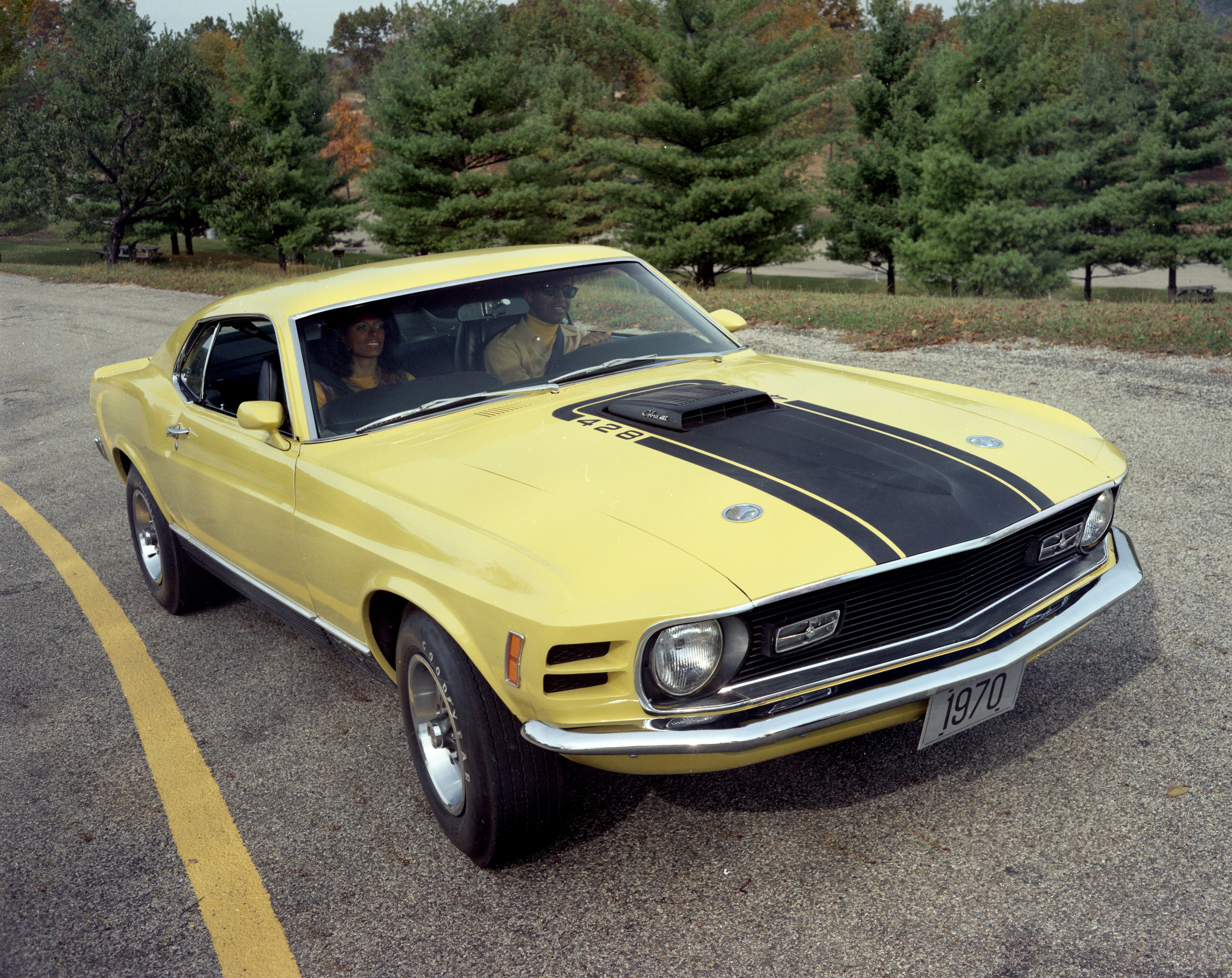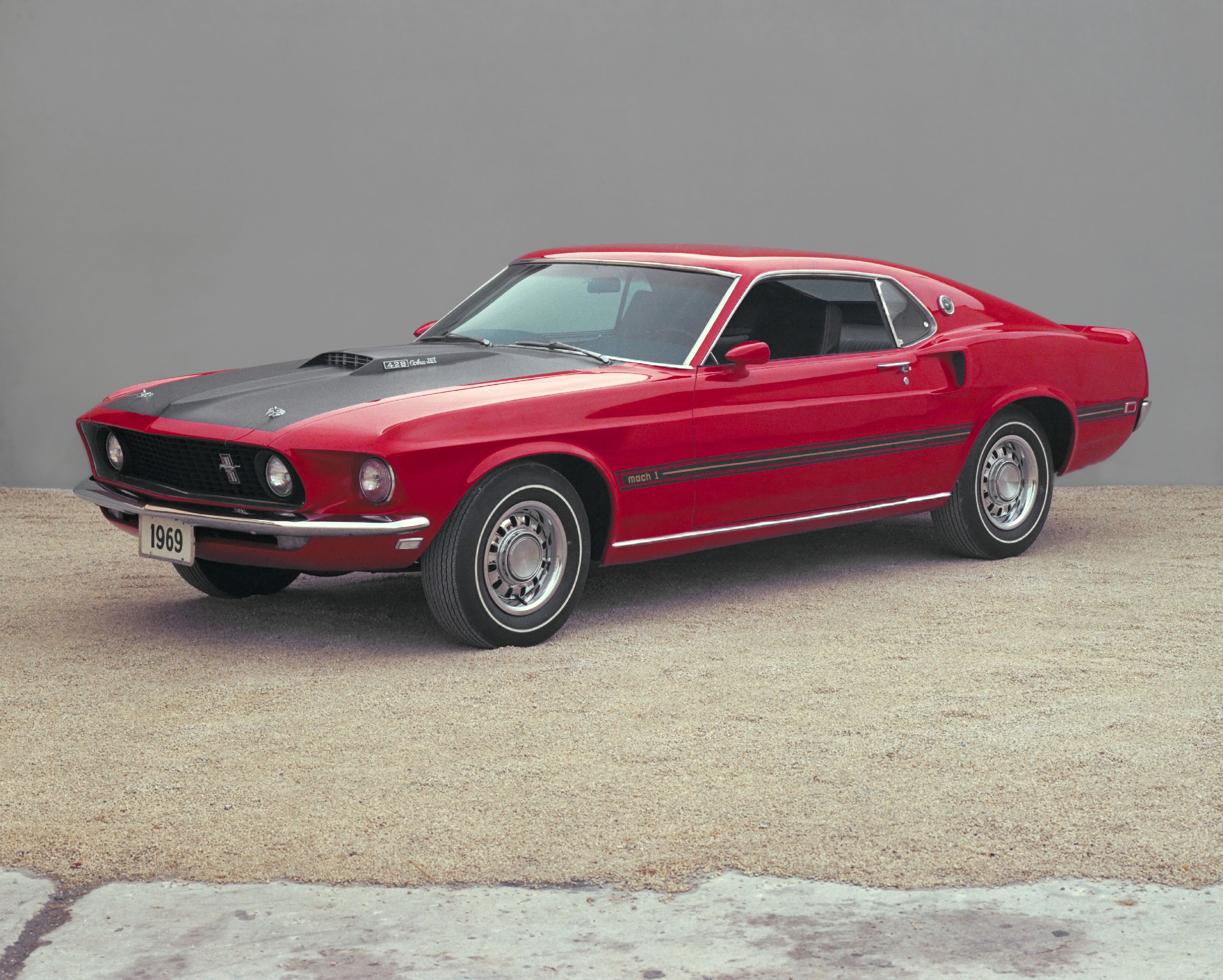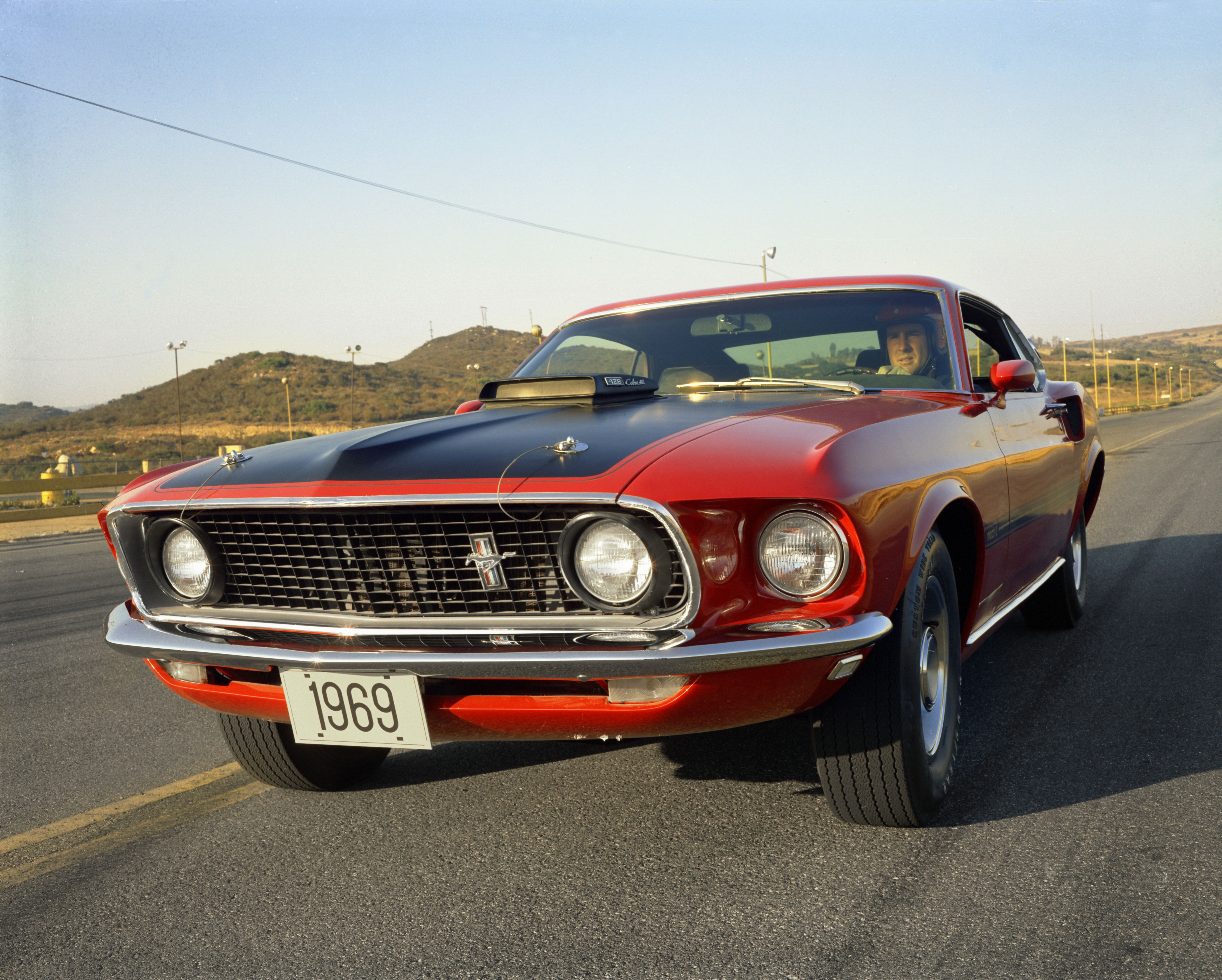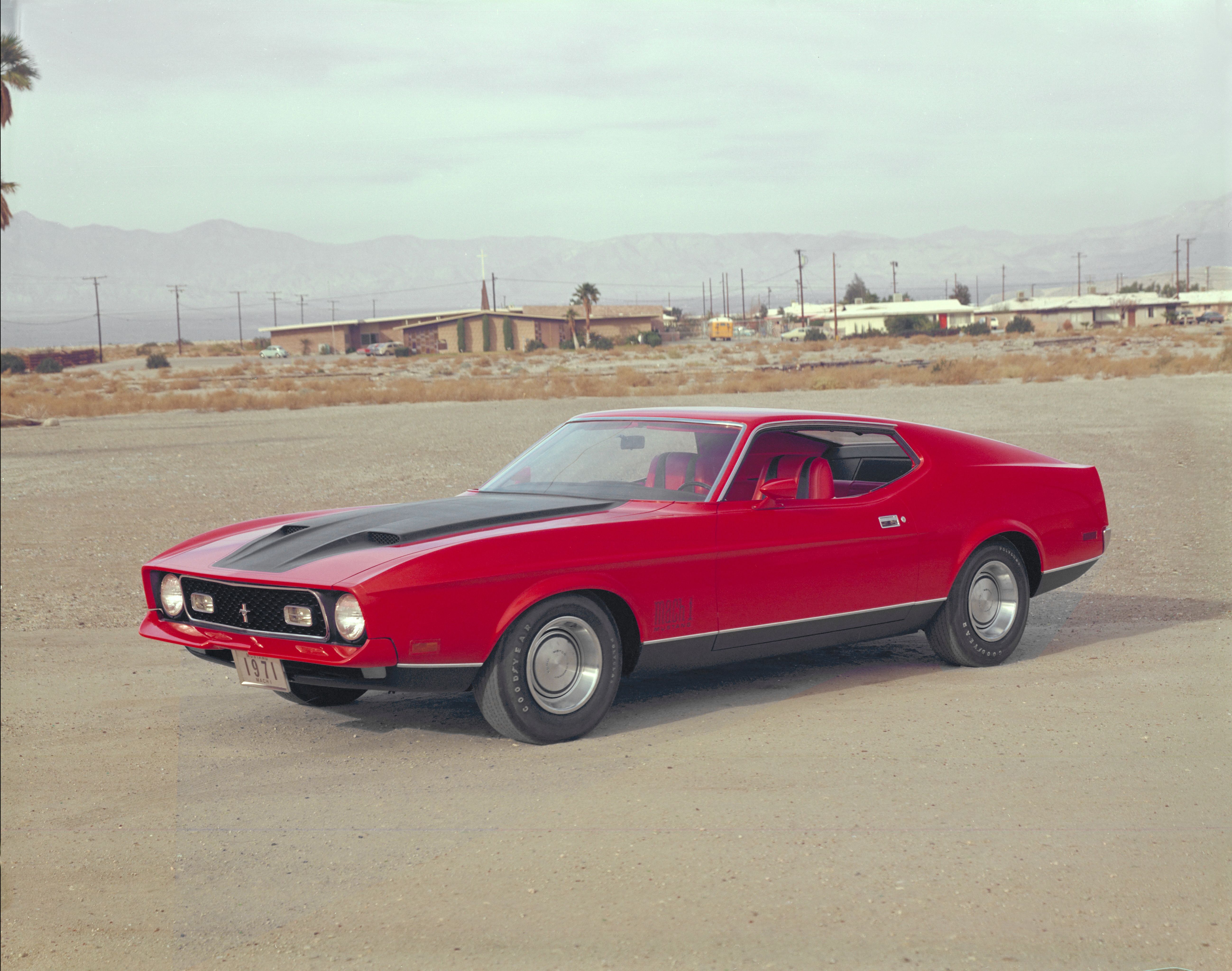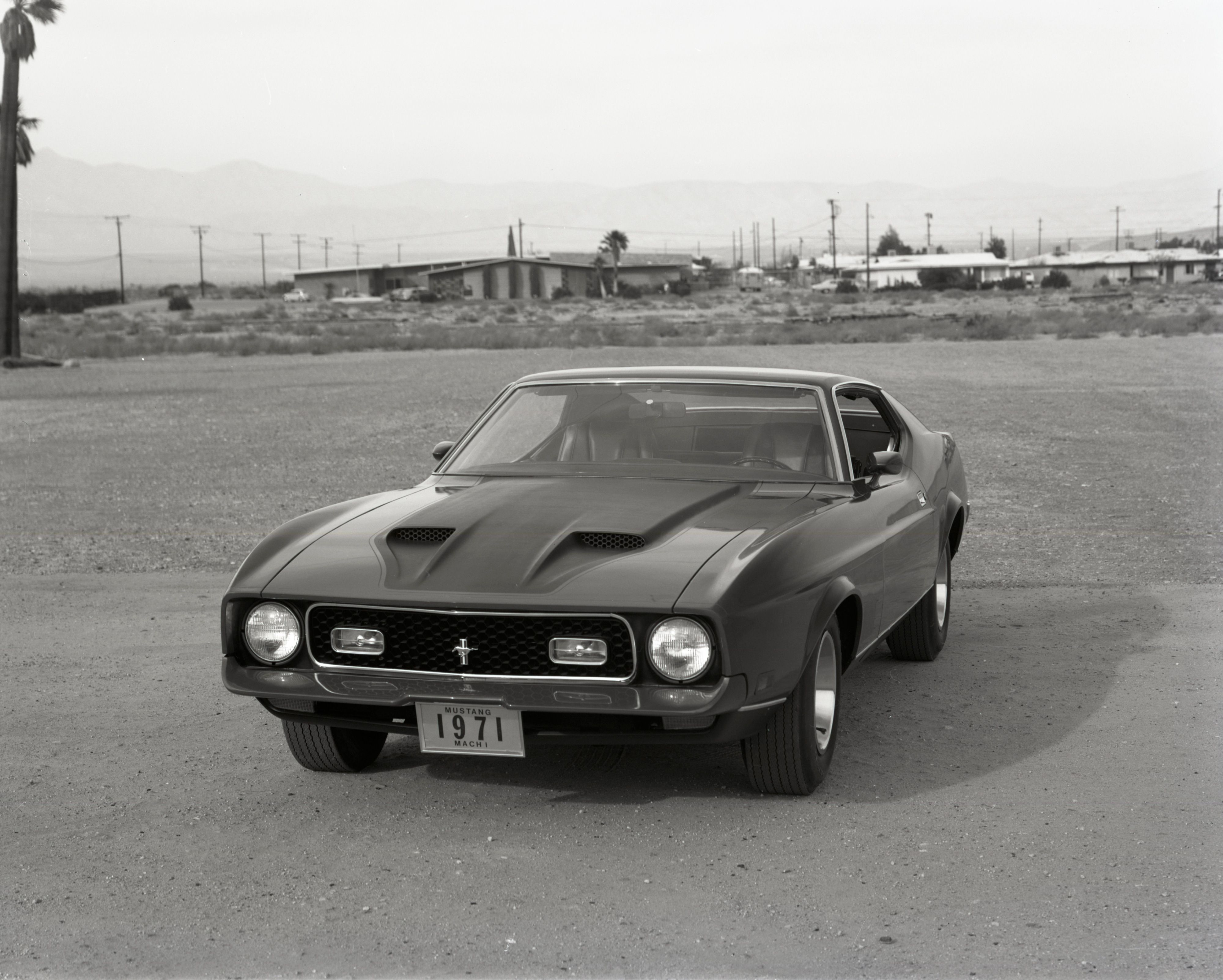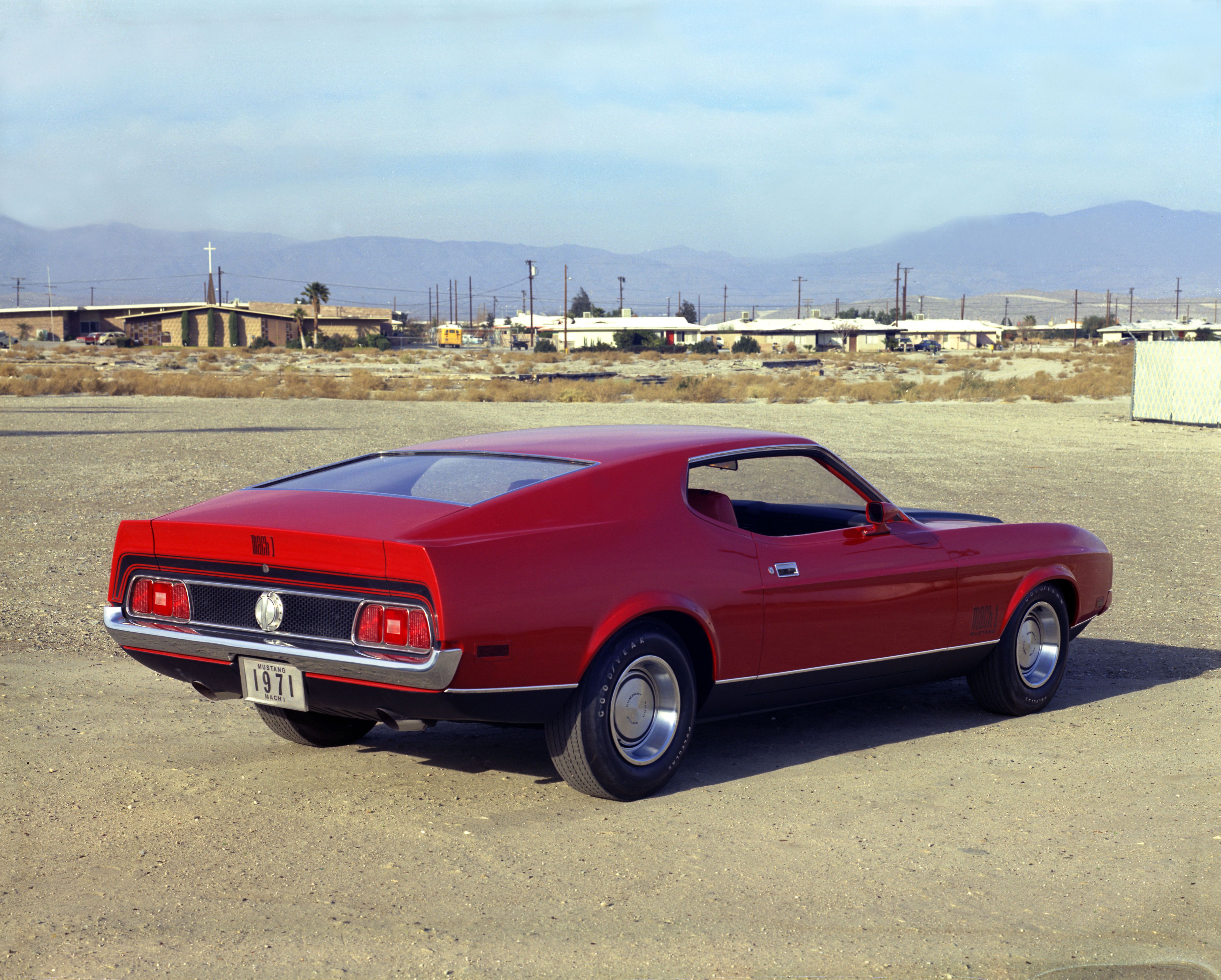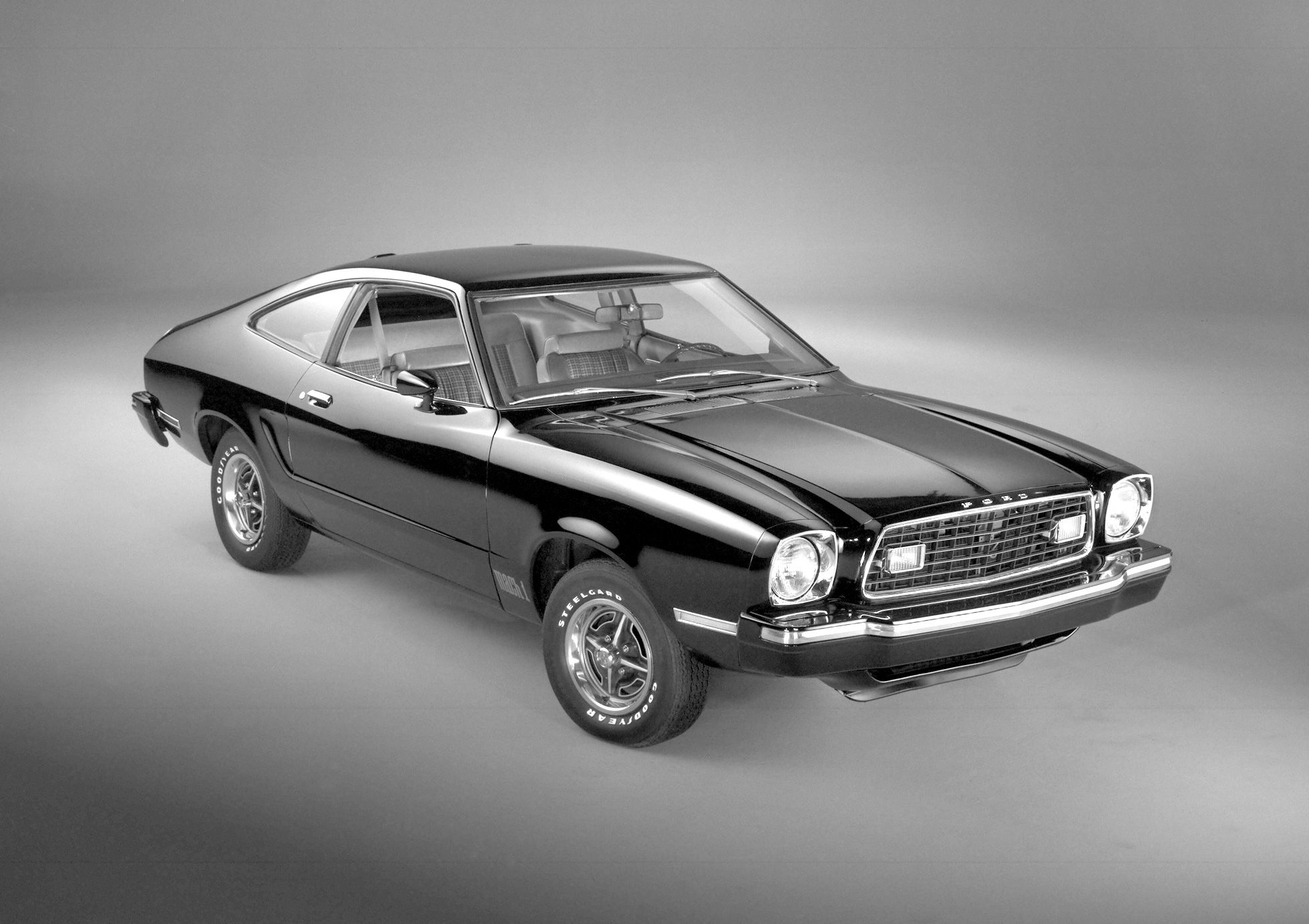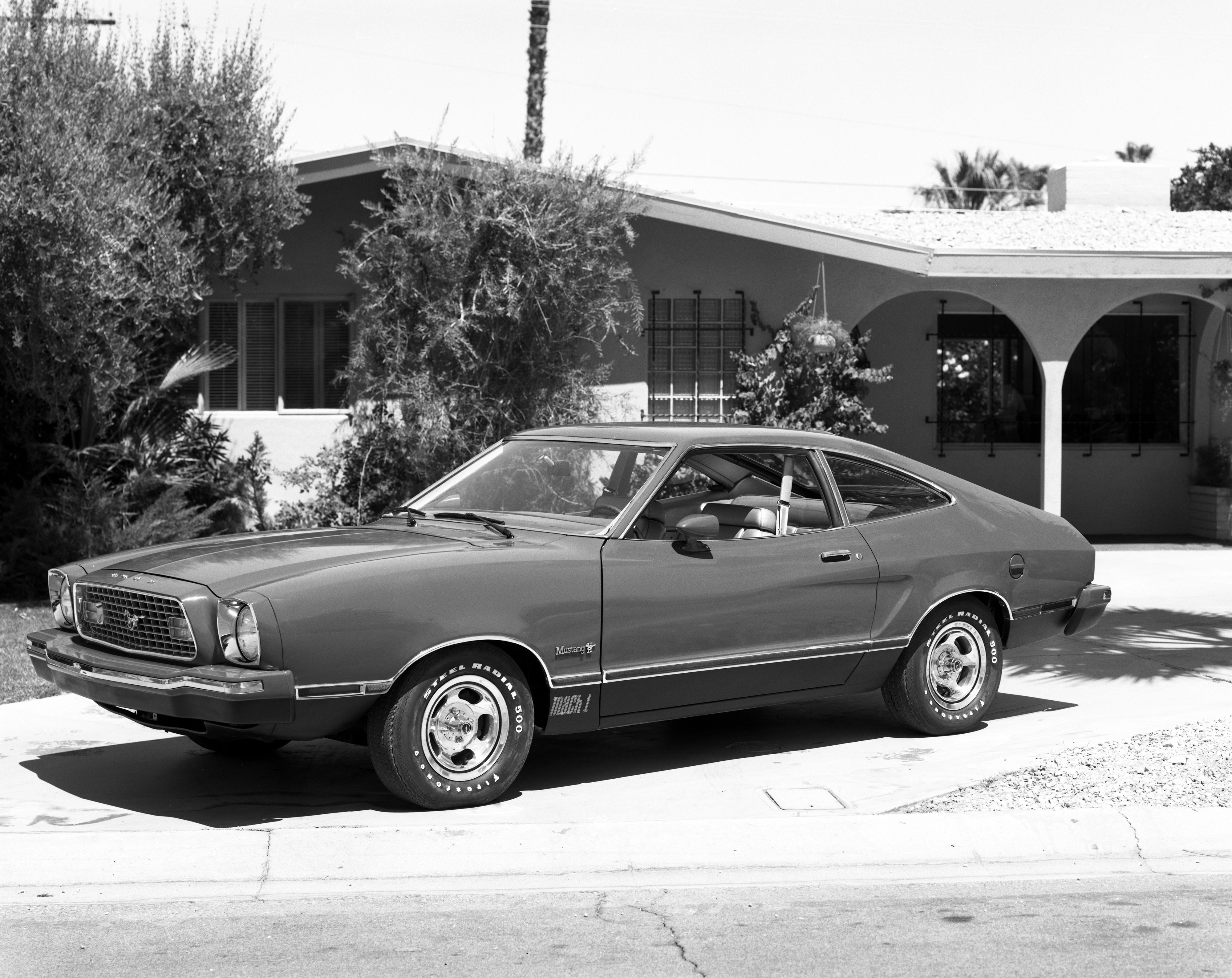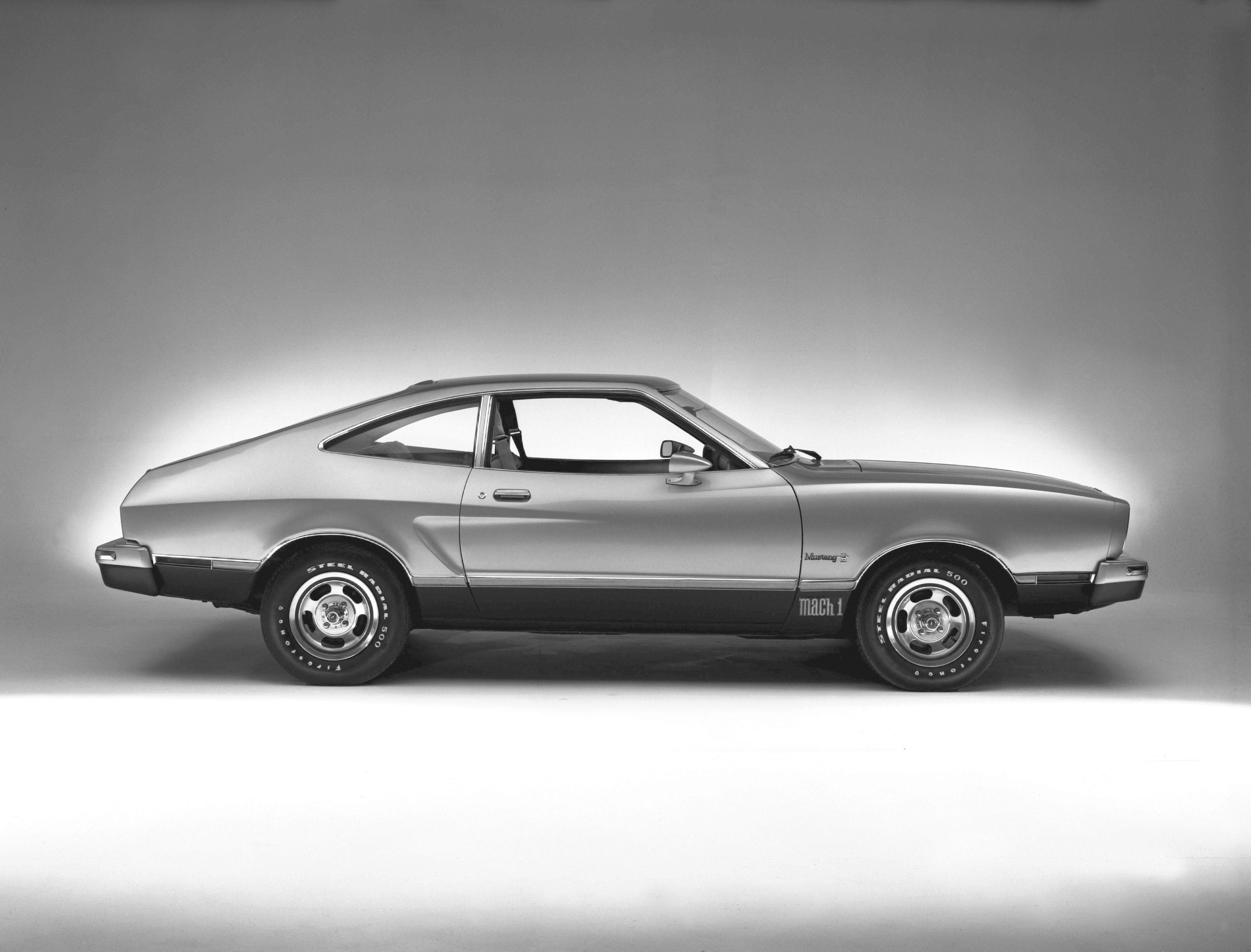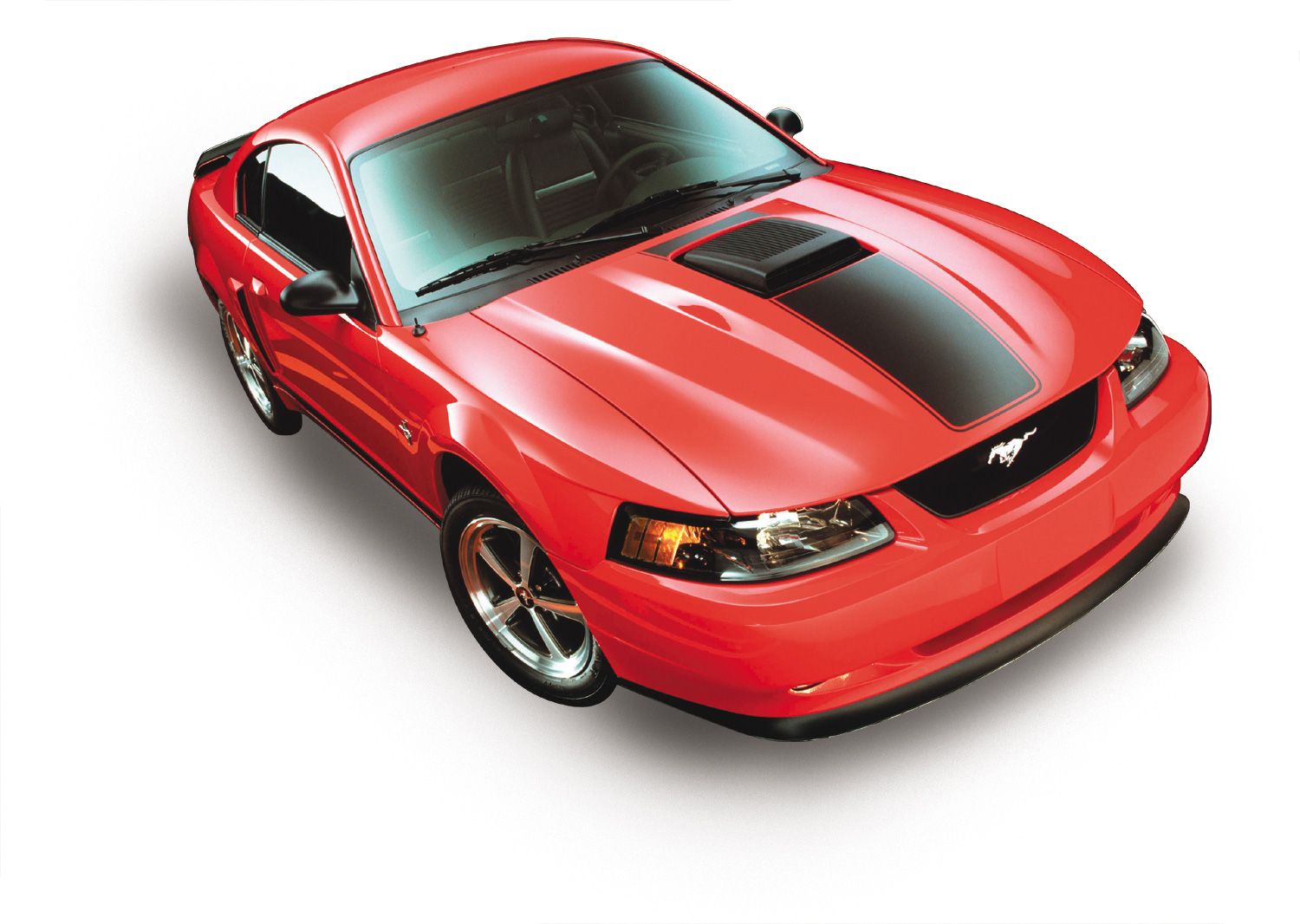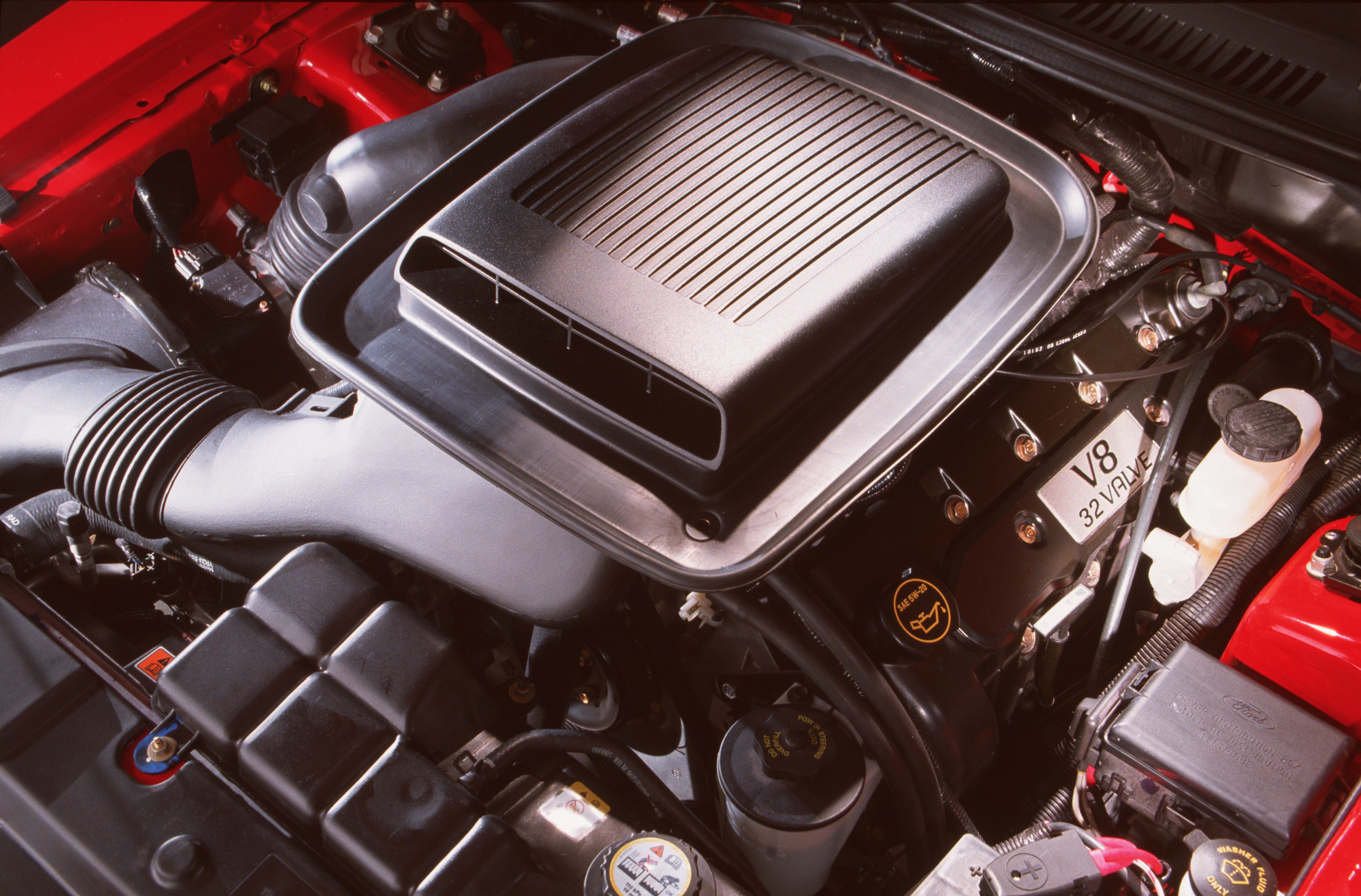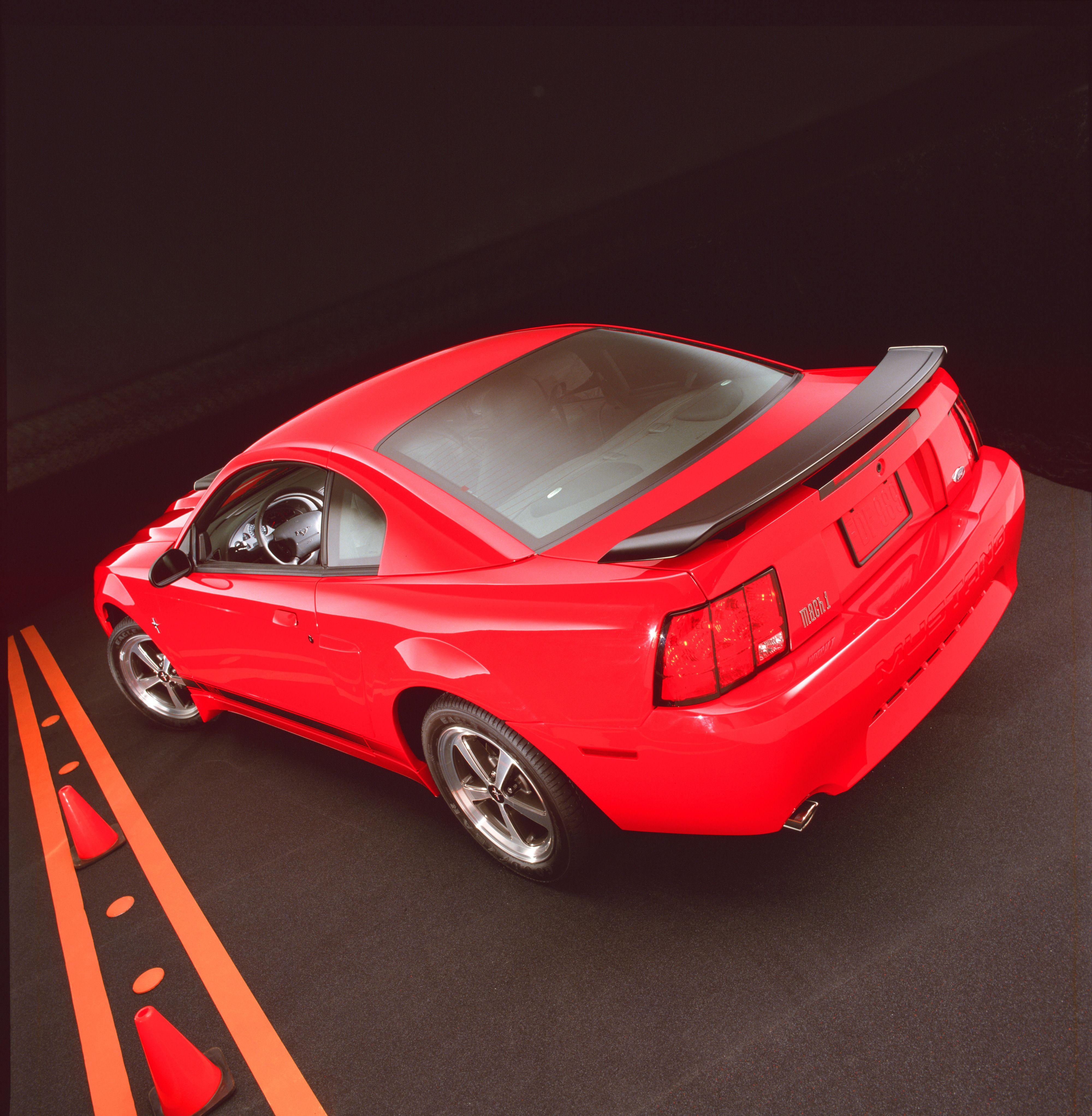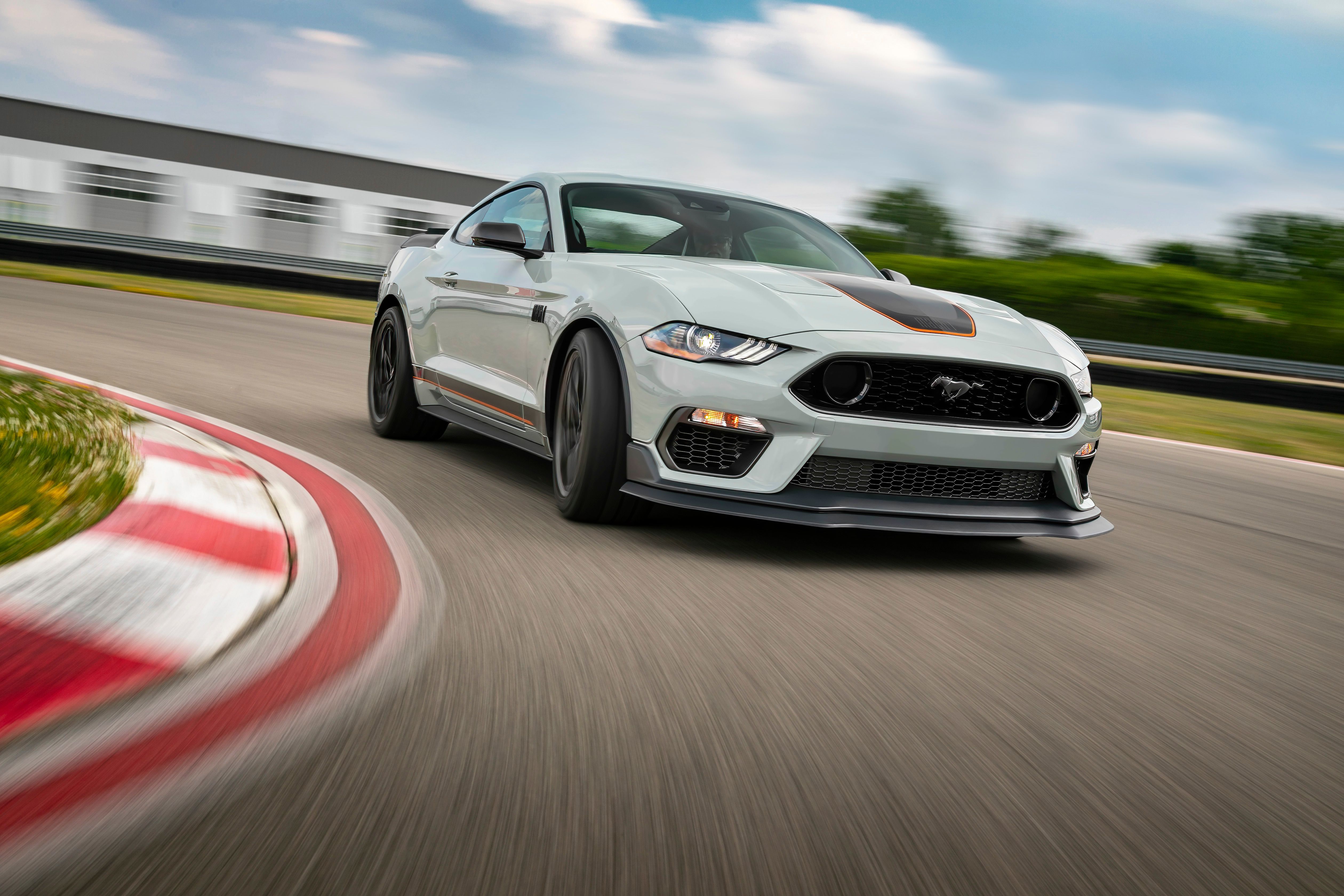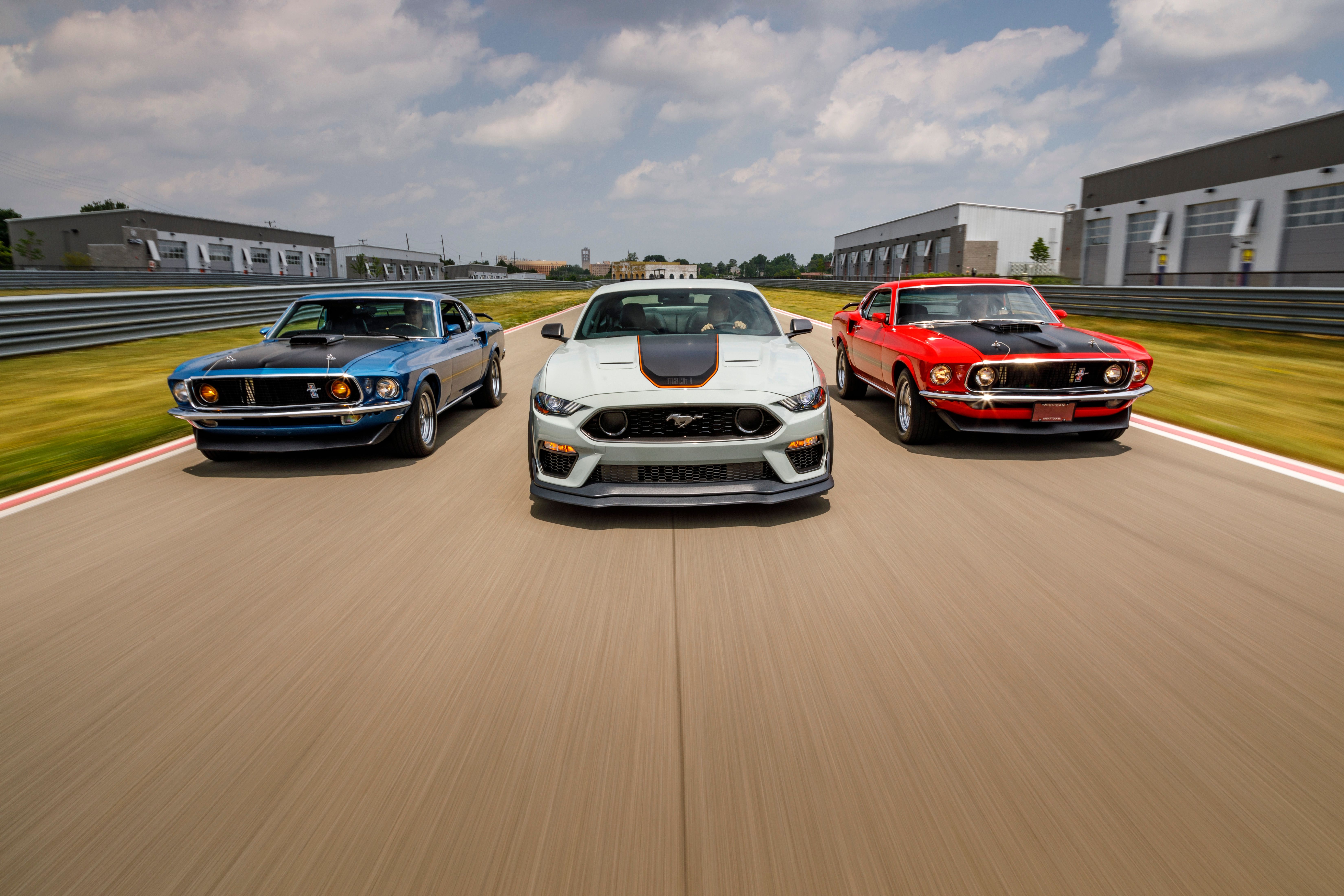Originally available in just one trim and a GT Equipment Group that eventually became the familiar GT version, the Ford Mustang quickly evolved into a multi-model pony car. By the late 1960s, Ford was already offering two Shelby models, two Boss versions, and various region-specific variants. With five performance models in showrooms for the 1969 model year, Ford decided to introduce a sixth version: the Mach 1.
The first iteration of the Mach 1 remained in production in various forms until 1978. When the second-generation Mustang was discontinued, the Mach 1 nameplate was phased off for decades and didn't return until 2003. After a short-lived stint with the fourth-gen 'Stang, the Mach 1 once again disappeared until 2020. Just like the Bullitt and the Boss, the Mach 1 is a unicorn Mustang. With the nameplate revived for the 2021 model year,, it's the perfect time to have a look at its history and what made this badge famous.
1969-1970 Ford Mustang Mach 1
Ford developed a few unique body upgrades for the Mach 1, starting with a front hood that featured race-spec pins, a matte black stripe, and a big scoop in the center. Options included a chin spoiler, rear deck spoiler, and quarter window louvers. The interior featured a few extras too, but the overall layout remained unchanged. Other standard features were a chrome pop-open gas cap, Magnum 500 wheels wrapped in Goodyear tires, chrome exhaust tips, and a sportier suspension setup.
A four-barrel version of the 5.8-liter generated 290 horses and 385 pound-feet, while the 6.4-liter V-8 was available with 320 horsepower and 427 pound-feet of twist. The Cobra Jet, 7.0-liter V-8 was also available in both Ram Air and standard spec, both with 335 horsepower and 440 pound-feet on tap.
For 1970, the Mach 1 received some changes on the outside. The lights in the grille became the main lights, while the previous lights on each side of the grille were turned into horizontal vents. Around back, the old taillights were replaced with recessed units on a black honeycomb panel, while the side scoops behind the doors were removed. Ford also revised the bucket seats, the wheels, and the badge and stripe package. The 6.4-liter V-8 engine was dropped from the lineup, but the four-barred 5.8-liter V-8 was upgraded from 290 to 300 horsepower. During these couple of years, the Mach 1 was offered with three- or four-speed manual transmissions and a three-speed automatic gearbox.
1969-1970 Ford Mustang Mach 1 specifications
|
Engine |
Horsepower |
Torque |
|---|---|---|
|
5.8-liter Windsor V-8 |
250 HP |
355 LB-FT |
|
5.8-liter Windsor V-8 four-barrel |
290 HP |
385 LB-FT |
|
6.4-liter V-8 |
320 HP |
427 LB-FT |
|
7.0-liter V-8 Cobra Jet |
335 HP |
440 LB-FT |
|
1970 four-barrel 5.8-liter V-8 |
300 HP |
301 LB-FT |
1971-1973 Ford Mustang Mach 1
Although it's still part of the first generation, the Mustang from this era looked significantly different than before. The major changeover included a more aggressive body design with a wedge-style look, a longer hood, and a shorter rear deck. The grille now extended over the entire width of the front fascia, and the headlamps returned to their original position toward the sides. Ford also dropped the classic bumper for an element that's better integrated onto the fascia. Ford made similar changes around back, including a new pair of taillights. The SportsRoof body style also became a full-fledged fastback layout with almost no decklid behind the slanted rear window.
The redesigned Mach 1 retained most of its defining features, like the matte black graphics on the hood and the quick-release pins. The engine hood now featured a dual scoop design. Unlike the regular Mustang, the bumpers were color-matched to the body instead of chrome. The graphics package now also included black stripes that ran alongside the waistline and "Mach 1" logos on the lower front fenders.
Both the two- and four-barrel 5.8-liter Windsors were slightly downrated to 240 and 285 horsepower, respectively. However, the 7.0-liter Cobra and Super Cobra Jet gained a lot more power to reach 370 and 375 horses (both with 450 pound-feet of torque).
The Mach 1 continued unchanged inside and out for 1972, with only the pop-open gas cap replaced by a more standard twist-on cap, but Ford dropped the 7.0-liter engines. Power ratings also dropped across the board due to the switch to the new SAE net horsepower calculations and changes made to comply with new emission regulations.
The base 4.9-liter V-8 engine was now rated at 140 horsepower and 239 pound-feet, while the two-barrel 5.8-liter V-8 generated 177 horsepower and 284 pound-feet. The four-barrel 5.8-liter V-8 came with 266 horsepower and 301 pound-feet of torque on tap. The HO variant of the same engine was rated at 275 horsepower and 286 pound-feet of twist.
The engine lineup remained unchanged for 1973, but the HO unit was dropped. However, Ford made some notable engines to the exterior, removing the chrome trim and the lower body accent stripes. The graphics on the sides and the deck lid were also revised. The bumpers were revised to meet new NHTSA standards, the sport lamps were deleted, and the turn signals were moved. 1973 was the last year for the first-generation Mustang.
1971-1973 Ford Mustang Mach 1 specifications
|
Engine |
Horsepower |
Torque |
|---|---|---|
|
4.9-liter V-8 |
210 HP |
296 LB-FT |
|
5.8-liter Windsor V-8 |
240 HP |
355 LB-FT |
|
5.8-liter Windsor V-8 four-barrel |
285 HP |
385 LB-FT |
|
7.0-liter V-8 Cobra Jet |
370 HP |
450 LB-FT |
|
7.0 Super Cobra Jet |
375 HP |
450 LB-FT |
|
1972 4.9-liter V-8 |
140 HP |
239 LB-FT |
|
1972 two-barrel 5.8-liter V-8 |
177 HP |
284 LB-FT |
|
1972 four-barrel 5.8-liter V-8 |
266 HP |
301 LB-FT |
|
1972 5.8-liter V-8 HO |
275 HP |
286 LB-FT |
1974-1978 Ford Mustang Mach 1
Now a range-topping model alongside the vinyl roof Ghia model with "luxury" features, the Mach 1 had little in common with the previous model. There were no black graphics on the hood and no waistline stripes or rear spoiler. Instead, Ford went with a black finish to the lower body, sport lamps in the grille, and body-colored bumpers. The 2.8-liter Cologne V-6 was just as mundane as in the regular Mustang, generating only 105 horsepower and 140 pound-feet of torque. Hitting 60 mph in this car took forever, but 1975 would bring better news.
As the oil crisis started to fade, Ford brought the V-8 engine back into the Mustang. The mill of choice was a revised version of the old 4.9-liter Windsor V-8. Since it had to modify the engine bay for the larger engine, Ford also made minor changes to the front fascia, but the Mach 1 continued to include the same styling package. The V-8 was rated at only 129 horsepower and 213 pound-feet of torque.
For 1976, the Mach 1 was still available with both the V-6 and V-8 engines, but output of the latter increased to 134 horsepower and 247 pound-feet of torque. Although Ford added new equipment via the Stallion and Cobra II appearance packages, the Mach 1 remained unchanged. Minor design changes followed in 1977 when Ford also added the optional T-top. Already a somewhat mundane model in the lineup, the Mach 1 lost even more ground in 1978, when Ford introduced the limited-edition King Cobra model with a stripe package reminiscent of the first-generation Mach 1. During the model's final year, power of the 4.9-liter V-8 topped out at 139 horsepower and 250 pound-feet of torque.
1974-1978 Ford Mustang Mach 1 specifications
|
Engine |
Horsepower |
Torque |
|---|---|---|
|
1974 2.8-liter Cologne V-6 |
105 HP |
140 LB-FT |
|
1974 4.9-liter Windsor V-8 |
129 HP |
213 LB-FT |
|
1976 4.9-liter Windsor V-8 |
134 HP |
247 LB-FT |
|
1978 4.9-liter Windsor V-8 |
139 HP |
250 LB-FT |
2003-2004 Ford Mustang Mach 1
This pony was launched in 1994, and it was heavily redesigned in 1999 under the moniker "New Edge." In 2001, Ford introduced the special-edition Bullitt to celebrate the iconic 1967 movie car. The Bullitt was an instant hit and prompted Ford to relaunch the Mach 1 after a 25-year hiatus.
Introduced in 2003, the Mach 1 borrowed from both the Bullitt and the SVT Cobra. From the latter, it took the Brembo front brake rotors, the Tokico gas shocks and struts, and the lower and stiffer springs. The Mach 1 also used the 4.6-liter Modular V-8 engine, but in a unique spec that included high flow heads from the SVT Cobra, intake camshafts sourced from Lincoln's 5.4-liter InTech V-8 for more mid-range torque, and a higher compression ratio. This resulted in a power rating of 305 horsepower and 320 pound-feet of torque. That was an extra 40 horsepower over the Bullitt model and only 15 below the SVT Cobra.
Styling-wise, the 2003 Mach 1 was a return to the nameplate roots with black stripes on the hood and the lower side panels, Magnum 500-inspired wheels, and a rear spoiler. For the interior, Ford created a retro-themed package with dark grey seats with "comfort weave" texture, a 1970s style instrument cluster, aluminum shift ball, and stainless steel pedals.
Production of the fourth-gen Mustang ended altogether in 2004, and the Mach 1 did not return for the fifth-generation pony.
2003 Ford Mustang Mach 1 specifications
|
Engine |
4.6-liter Modular V-8 |
|---|---|
|
Horsepower |
305 HP @ 5,800 RPM |
|
Torque |
320 LB-FT @ 4,200 RPM |
|
0 to 60 mph |
5.6 seconds |
2021 Ford Mustang Mach 1
It took Ford another 17 years to revive the Mach 1 for the second time. And just like it did in 2003, it opted to bring it back toward the end of a Mustang's life cycle. The sixth-gen 'Stang is six years old as of 2020, so it won't be around for long, but there's plenty of time for a limited-edition Mach 1 to make an impression.
Just like the previous model, the modern Mach 1 is somewhat based on the Bullitt, but it also combines features and drivetrain components similar to or borrowed from the Shelby GT350 and GT500.
Styling-wise, it's inspired by the original Mach 1 from 1969. We can see that up front, where the grille features a deep 3D mesh and faux fog lamps on each side of the stallion emblem. The stripes package is similar, and it even comes with five-spoke wheels that mimic the iconic Magnum 500 design. It also includes a rear spoiler with a Gurney flap, but unlike other Mach 1 models, it doesn't have a hood scoop.
Under the hood, the Mach 1 is basically a Bullitt model as the 5.0-liter V-8 generates the same 480 horsepower and 420 pound-feet of torque. That's 20 horses more than the GT model and 46 horses below the Shelby GT350. Thanks to several upgrades to the drivetrain and the body, the Mach 1 is not only more aerodynamic, but it also handles better than the Mustang GT.
The 2021 Mustang Mach 1 is the fourth Mach 1 ever built, and production will probably last for a couple of years.
2021 Ford Mustang Mach 1 Specifications
|
Engine |
5.0-liter V-8 |
|---|---|
|
Horsepower |
480 HP @ 7,200 RPM |
|
Torque |
420 LB-FT @ 4,600 RPM |
|
Transmission |
Tremec™ 3160 6-speed manual |

